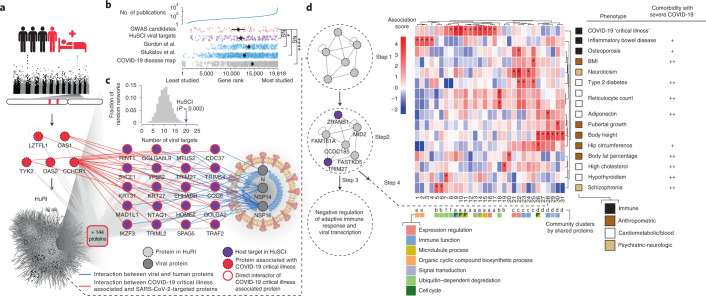Fig. 3. HuSCI host targets link to genetic variation for severe COVID-19.
a, HuRI interactors (gray nodes) of COVID-19 ‘critical illness proteins’ loci (seed, red nodes) include a significant (P = 0.0009, empirical test) number of direct SARS-CoV-2 targeted proteins (purple nodes). A total of 144 additional seed protein interactors are not resolved individually. Node and edge colors according to legend. b, Genes in indicated COVID-19 datasets ranked across the human genome by number of publications. Number of publications is indicated by the top panel on log scale. Asterisks indicate significant differences relative to COVID-19-associated genes32,33; NS, P = 1 (HuSCI) and P = 0.36 (Stuckalov et al.); *P = 0.047; ****P = 0.000014, two-sided Mann–Whitney U test, Bonferroni correction, from top to bottom: n = 45, 170, 383, 876 and 849; error bars are 95% confidence intervals of the mean, calculated by 1,000 bootstrap samples. c, Virus-interactor enrichment: number of direct SARS-CoV-2 protein interacting HuSCI proteins in the subnetwork formed by proteins encoded by seed proteins32,33 and their first-level interactors (arrow) compared to n = 10,000 randomized control networks (gray distribution). d, Of 3,603 communities in Human Reference Interactome (HuRI) with ≥4 members (step 1), 204 are significantly targeted by SARS-CoV-2 (two-sided nominal P < 0.05; Fisher’s exact test) (step 2); Gene Ontology (GO) enrichment identifies functions associated with each community (step 3); and MAGMA identifies 31 communities significantly associated with human traits (FDR < 0.05) (step 4), the great majority of which are COVID-19 comorbidities. Example community 28 is significantly targeted by SARS-CoV-2 in HuSCI (two-sided P = 0.0078; Fisher’s exact test, uncorrected) and enriched for negative regulation of adaptive immune response and viral transcription. Functional descriptors in squared boxes according to legend (Supplementary Table 8); relation of indicated traits to COVID-19 is indicated in rightmost column as general link (+) (e.g., via immunity) and clinical evidence for modulation of diseases symptoms and risk for severe or long COVID ( + + ; Extended Data Fig. 3f). BMI, body mass index.

